Nuclear weapons investment surges beyond $82 Billion in 2022
According to online statistics portal Statista, there are approximately 12,500 nuclear warheads worldwide as of Jan. 2023.

As the Nuclear Non-Proliferation Treaty (NPT) marks its 55th anniversary, disagreements over nuclear armament continue, magnified by $82 billion channeled into this sphere of investment just last year.
Nuclear Non-Proliferation Treaty (NPT) was opened for signature on July 1, 1968, to avert the danger of nuclear war and entered into force in 1970. In 1995, at the Review and Extension Conference, states parties to the NPT unanimously agreed that the NPT should continue in force indefinitely.
Currently, the US, Russia, China, the UK, France, India, Pakistan, Israel, and North Korea are the countries with nuclear weapons. Among these countries, Russia, the US, and China are seen as the dominant power in terms of the number of nuclear weapons.
Around 12,500 nuclear warheads worldwide
According to the online statistics portal Statista, there were approximately 12,500 nuclear warheads worldwide as of January 2023.
Russia leads the way with 5,889 nuclear warheads, followed by the US with 5,244 and China with 410. France has 290 nuclear warheads, the UK has 225, Pakistan has 170, India has 164, Israel has 90, and according to estimates North Korea has 20 warheads.
According to a 2023 report by Stockholm International Peace Research Institute (SIPRI), although the number of nuclear warheads in the world continues to decline, this is primarily due to the US and Russia dismantling retired warheads.
“Global reductions of operational warheads appear to have stalled, and their numbers are rising again,” the report added.
The report noted that both the US and Russia “have extensive and expensive programs underway to replace and modernize their nuclear warheads, their missile, aircraft, and submarine delivery systems, and their nuclear weapon production facilities.”
Russian President Vladimir Putin, in his address to the nation in February, announced that Russia had suspended its participation in the new Strategic Arms Reduction Treaty (New START).
The New START Treaty, signed in 2010, limited the number of strategic nuclear warheads deployed by Russia and the US to a maximum of 1,550.
Putin said in June that his country had deployed the first batch of tactical nuclear weapons to Belarus and that the arms transfer would be completed by the end of the summer.
It is reported that the nuclear tactical weapons sent by Russia to Belarus were three times more powerful than the nuclear weapons used by the US against Japan in 1945.
China's number of nuclear warheads, which was thought to be 350 in January 2022, rose to 410 in January 2023. SIPRI's report underlines that China's nuclear power is not fully known and that a significant part of its assessments is based on data from the US Department of Defense.
Investments in nuclear weapons rising
The International Campaign to Abolish Nuclear Weapons (ICAN) published a report titled Wasted: 2022 Global Nuclear Weapons Spending, which focuses on the investments made by nine countries with nuclear weapons in the development of nuclear weapons in 2019-2022.
According to the report, worldwide nuclear weapons investments amounted to $72.9 billion in 2019, $72.6 billion in 2020, $82.4 billion in 2021, and $82.9 billion in 2022. The investments increased by $10 billion in four years.
“Nine countries spent $82.9 billion on nuclear weapons, of which the private sector earned at least $29 billion in 2022,” the report said, adding that “The United States spent more than all of the other nuclear-armed states combined, $43.7 billion. Russia spent 22% of what the U.S. did, at $9.6 billion, and China spent just over a quarter of the U.S. total, at $11.7 billion.”
'Varying stances on nuclear weapons'
SIPRI Researcher Petr Topychkanov told Anadolu, "NATO's nuclear policy is determined by a consensus between its nuclear-weapon members, which include the US, UK, and France, and its non-nuclear members."
“The non-nuclear members of NATO have varying stances on nuclear weapons,” Topychkanov said, explaining that “some countries store the US tactical nuclear weapons on their territory and are willing to participate in NATO nuclear missions, while others do not allow the deployment of nuclear weapons on their land and do not participate in such missions. This diversity of views results in a vague NPT policy for NATO.”
Noting that since the implementation of the NPT, significant progress seen in reducing nuclear weapons in both the USSR/Russia and the US, he said: “The latest bilateral treaty, the New START, has brought the number of operationally deployed nuclear warheads down to 1,550 units, resulting in a significant reduction compared to the Cold War era.”
“However, issues between Russia and the West, as well as the growth of nuclear arsenals in China and non-NPT countries like DPRK (North Korea), India, and Pakistan, could lead to an increase in global nuclear weapons,” he added.
When asked about North Korea's nuclear threats, Topychkanov said, “North Korea's nuclear threats are a survival strategy for their regime, and they do not pose a significant danger to NATO countries in Europe or the US.”
"However, for US allies like South Korea and Japan, North Korea's nuclear threat is a cause for concern," he said, adding that "some voices in these countries advocate for building nuclear arsenals as a defense measure."

En Çok Okunan Haberler
-
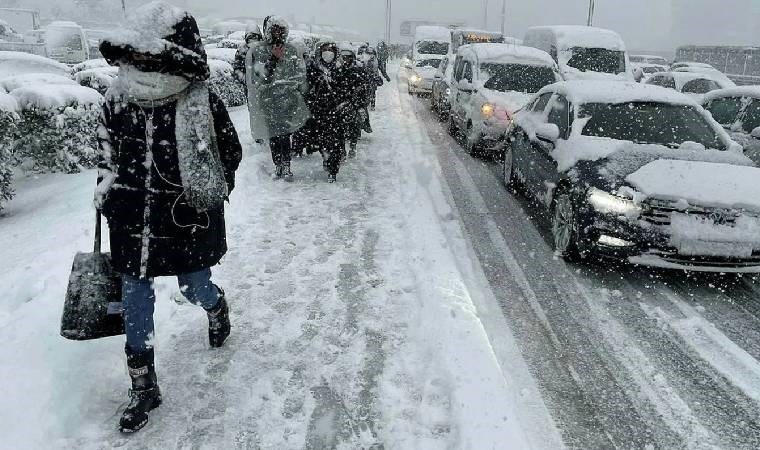 Yoğun kar yağışı beklenen iller açıklandı!
Yoğun kar yağışı beklenen iller açıklandı!
-
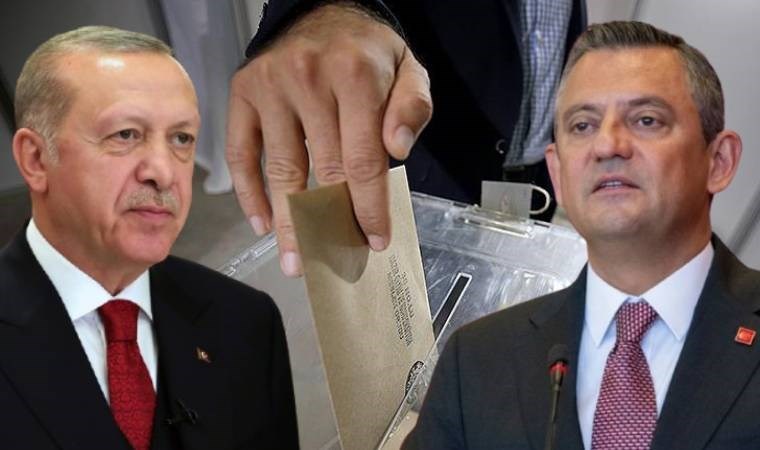 Yandaş yazar, son anket sonuçlarını açıkladı!
Yandaş yazar, son anket sonuçlarını açıkladı!
-
 Afyonkarahisar'da feci kaza
Afyonkarahisar'da feci kaza
-
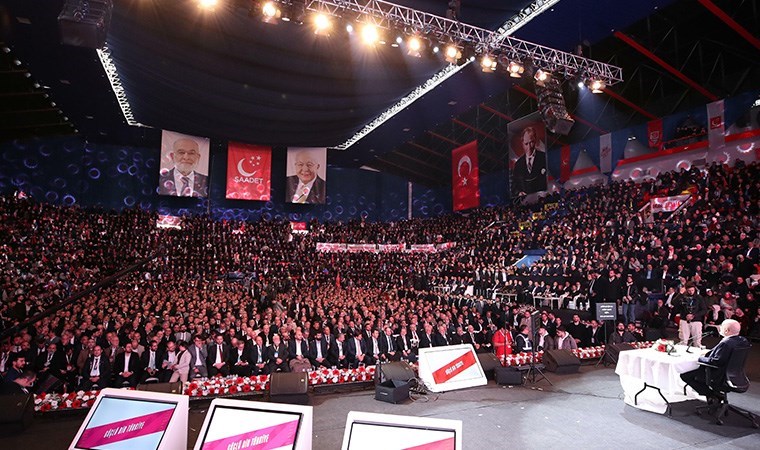 Saadet'te yeni genel başkan belli oldu
Saadet'te yeni genel başkan belli oldu
-
 Yıkımda son perde
Yıkımda son perde
-
 Kriminal raporun ayrıntıları ortaya çıktı
Kriminal raporun ayrıntıları ortaya çıktı
-
 4 kişiyi öldürüp intihar etti!
4 kişiyi öldürüp intihar etti!
-
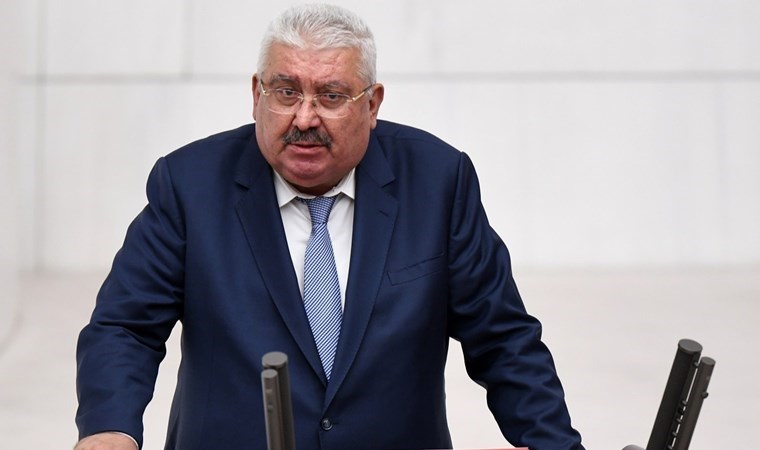 'Bu işin şakası yok, herkes ayağını denk alsın'
'Bu işin şakası yok, herkes ayağını denk alsın'
-
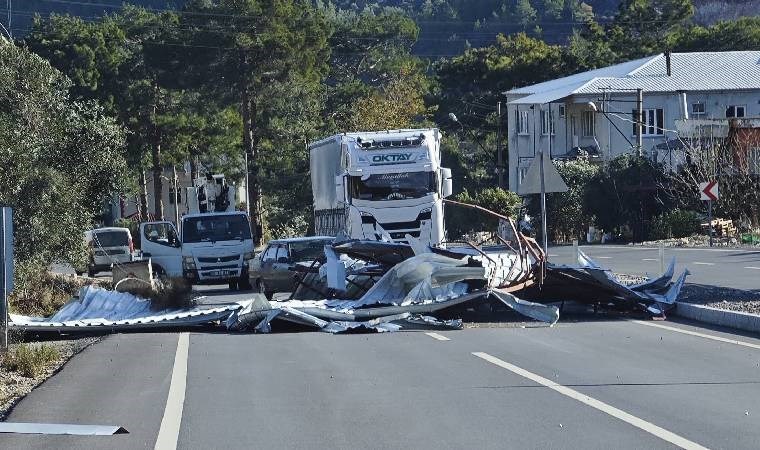 Ölü ve yaralı var!
Ölü ve yaralı var!
-
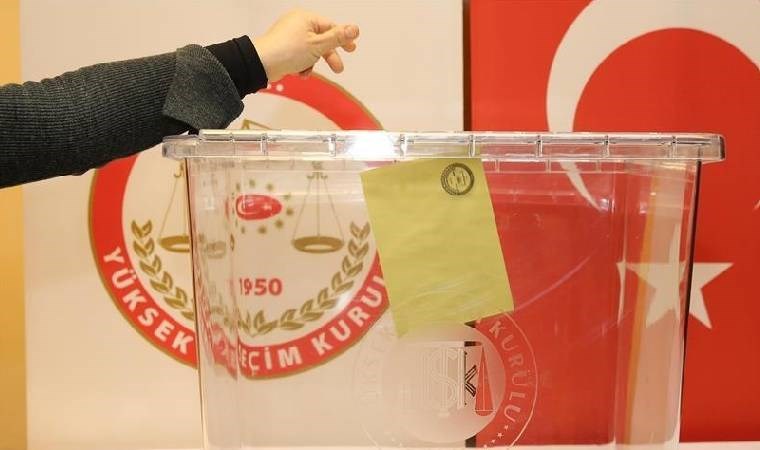 AKP'li isim açıkladı!
AKP'li isim açıkladı!